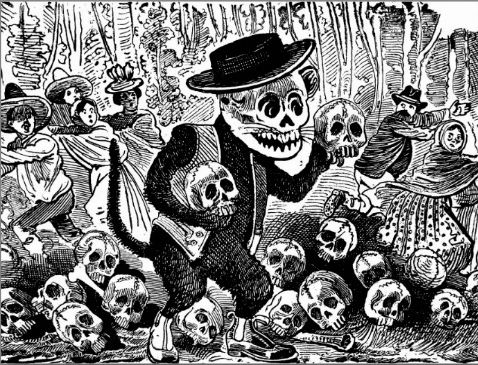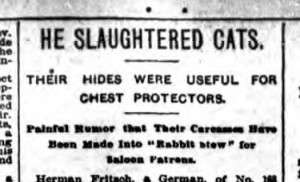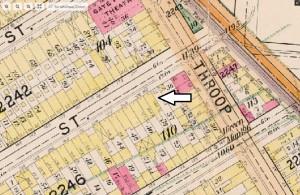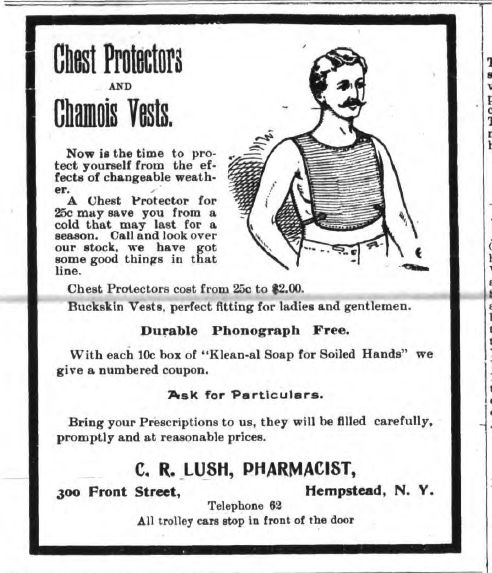THE CAT MAN OF GWINNET STREET (1896)

Brownstone Detectives investigates the history of our clients’ homes.
The story you are about to read was composed from research conducted in the course of one of those investigations.
Do you know the history of YOUR house?
********************************************************************************************************************************
Haasen-pfeffer is a German dish best served hot. A traditional German rabbit stew, it was brought over to the US by immigrants. (Hase is German for “hare,” and pfeffer is German for “black pepper.”)

Although rabbits are the chief ingredient in the old-world dish, German immigrants in the early days of the country would often substitute squirrels.
But never cats.
Until Herman Fritsch appeared on the scene in Williamsburg in 1896.
THE CAT MAN OF GWINNET STREET
The locals were first alerted to the possible rabbit substitute in their stews when several neighbors heard a terrible racket occurring one night at Fritsch’s home, 168 Gwinnett Street (now Lorimer Street). As the neighbors listened, they began to hear a horrible howling coming from his rooms above a liquor store.

They thought the cries sounded like “the screams of a child or woman in distress.”
A consultation amongst several of the neighbors quickly took place, after which they decided that “murder was surely being committed in Fritsch’s apartments.”
So Officer Lang of the Clymer Street Station was called for.
While the neighbors waited, though, there was a last despairing shriek.
And then all was still.
OFFICER LANG ON THE JOB
By the time Officer Lang arrived, “not a sound was heard” within the house. Lang knocked, but there was no answer. When he threatened to break the door down, though, Fritsch appeared, “pale and trembling.”

As Lang looked in to Fritsch’s apartment he first noticed the large bloodstains on the floor. Suspecting foul play, he began to search the rooms for the body of a child or a woman. Instead, he found the carcass of a cat under the bed, “whose throat had been cut.” A yellow pelt “was behind the bureau, together with another skin, stretched on a board, in the process of drying.”
When confronted about the cat bodies, Fritsch admitted to having killed the cats, and said that he sold them for a living.
So Lang locked Fritsch up.
When he was brought before the judge, Fritsch stated that he had killed many cats, but that he was only selling the pelts for use as “chest protectors” – a wearable instrument that provided extra protection to the wearer’s chest to guard them from colds.
But when pressed, Fritsch gave – and he gave the goods.
He admitted having sold some of the carcasses, themselves, and that he had disposed of some to “people who might have made so-called rabbit stew from them.”
The Society for the Prevention of Cruelty to Animals planned to prosecute.
———————————————————————————————————————–
 Brownstone Detectives is an historic property research agency. Our mission is to document and save the histories of our clients’ homes. From our research, we produce our celebrated House History Books and House History Reports. Contact us today to begin discovering the history of your home.
Brownstone Detectives is an historic property research agency. Our mission is to document and save the histories of our clients’ homes. From our research, we produce our celebrated House History Books and House History Reports. Contact us today to begin discovering the history of your home.